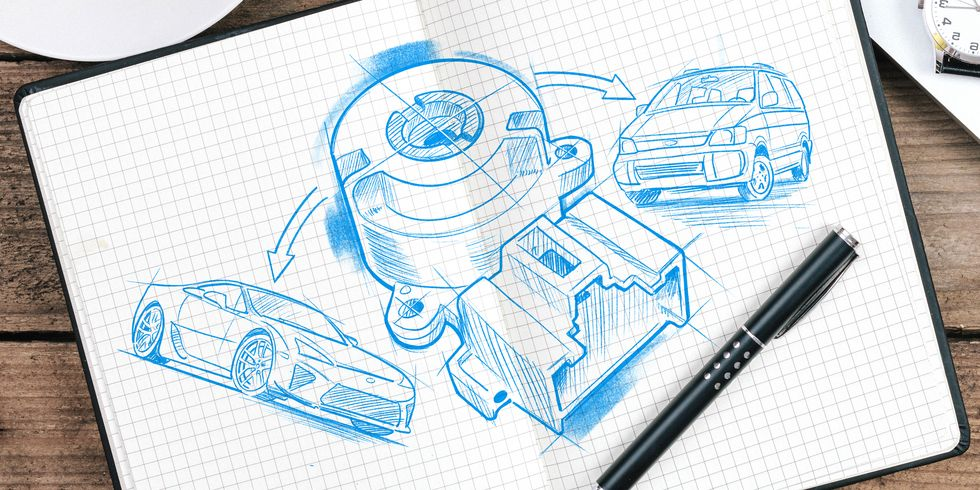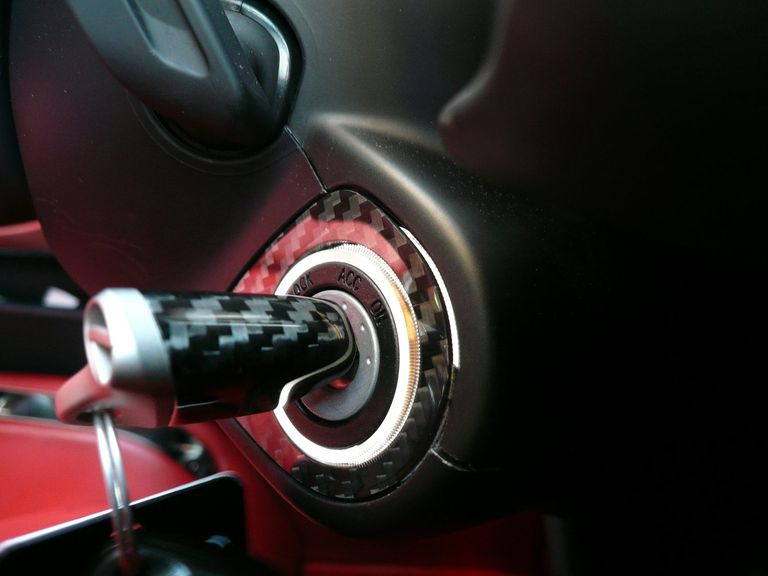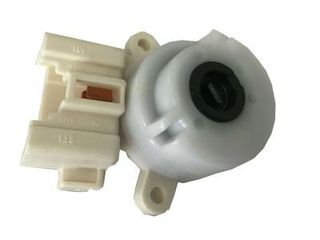Search the Community
Showing results for tags 'parts bin'.
-
https://www.roadandtrack.com/car-culture/a38212473/cheap-part-that-starts-every-lexus-lfa/ <The $7 Part That Starts Every Lexus LFA The Lexus LFA was one of the last supercars to use a physical key to start—and the ignition switch is shared with the lowly Tercel. The keyed ignition switch is nearly a thing of the past. Today, even base-model economy cars are showing up with keyless push-button start. But it wasn’t so long ago that even top-end cars had traditional metal keys. One of the most recent examples is the Lexus LFA, an otherworldly supercar built from cutting-edge carbon fiber-reinforced polymer and powered by one of the best sounding engines in the history of the automobile. And yet, to start that V-10 engine, you have to twist an ignition switch with utterly humble roots. Welcome to The Parts Department, where we follow basic car components to their strangest destinations. Toyota part No. 84450-12200 is a keyed ignition switch that was nearly ubiquitous in the automaker’s North American products starting in the mid-Nineties. It first appeared in the dashboards of cars like the Tercel and Paseo before spreading to the rest of the Toyota and Lexus lineups over the next decade and a half. At its peak, this ignition switch was used in almost every Toyota and Lexus made in the early 2000s, before slowly dropping off as push-button ignitions were introduced. Around 2010, it seemed like the switch was done for good in the Lexus lineup. The only Lexus left that used 84450-12200 was the aging SC 430, which was cancelled after the 2010 model year. But then our humble ignition switch reappeared in 2011, in the dashboard of Lexus’s new performance halo, the LFA. The screaming supercar’s key may have been adorned with milled metal and carbon fiber, but it operated the same tumbler found in the lowly Tercel. The LFA’s ignition key and tumbler were dressed up with carbon fiber, but underneath was the same old part. - LEXUS No. 84450-12200 had a much longer life in the Toyota lineup, appearing in the 4Runner up until this year (SmartKey push-button starting finally becomes standard equipment on the SUV for 2022). The ignition switch also appeared in the Scion iQ, TC and xB from 2005 to 2016, when the brand folded. Our friendly ignition switch retails for $114.53 from Toyota and Lexus dealers, but online OEM discount stores typically sell it for just under $80. Thanks to the fact that it’s shared across so many Toyota and Lexus models, the switch is a popular item in the aftermarket, with nearly a dozen companies offering their own versions to fit. The cheapest version, from Ultra-Power, costs less than $7. TOYOTA PARTS While the North American models that use this switch are all familiar names, overseas parts catalogs show that 84450-12200 was used in a wide array of Japanese and European-market vehicles. They range from quirky MPVs like the Toyota Picnic to utilitarian vehicles like the Townace. Built from 1985 to 2007, the cab-over-engine Townace, available as a van, pickup or cube truck, is about as far as you can get from the Lexus LFA supercar—which just goes to show that, even when Toyota was building an ultra-limited-production supercar with a mid-six-figure price tag, the company still relied on its extensive parts bin for reliable, mundane components. Toyota Townace Noah - TOYOTA Much like the manual transmission, traditional metal ignition keys are on their way out. The LFA may have been one of the last supercars with a conventional key-switch ignition. But coincidentally, Toyota was at the forefront of a recent revolution in ignition keys, as one of the first automakers to introduce laser-cut keys. This was one of many innovations that debuted on the 1990 Lexus LS 400, the car that launched the Lexus brand in North America. Toyota started slowly phasing out turn-key ignition in the United States in the mid-2000s. A push-button start switch appeared first on the 2004 Toyota Prius, then spread across the rest of the hybrid lineup. Today, Toyota’s start button is so widespread, it even appears in the company’s race cars: The Lexus RC F GT3 car that I work on as a pit crew member uses the same start button you’d see in a street-legal Lexus, and the Toyota GT86 TCA race car also has a production-style start button. In today’s supercars, you start the engine with a switch, button or knob, usually made of a high-quality metal or composite that echoes the advanced materials found in the body or chassis—and activated by a gorgeously designed electronic key fob in your pocket. It’s nice to know that, not very long ago, a simple and robust key-switch ignition was able to make its way from a humble economy car all the way to the ultimate halo of the Lexus brand.>







.png)